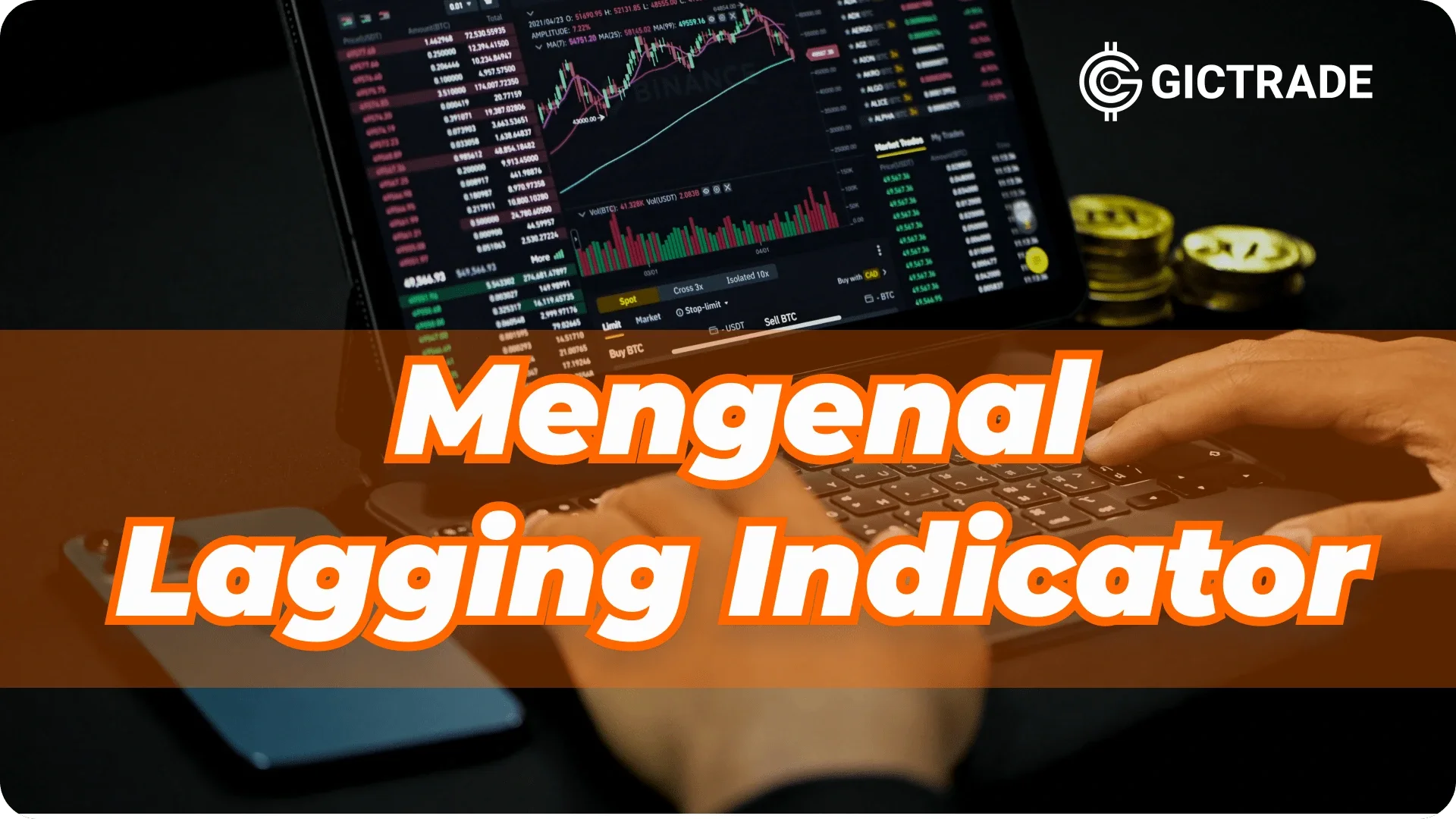A lagging indicator is an indicator of economic statistics that changes after macroeconomic conditions change. Read more about lagging indicators below!
What is a Lagging Indicator?
A lagging indicator is a statistical indicator of an economy that changes after macroeconomic conditions change. Typical examples of lagging indicators are unemployment, profits or interest rates. In short-term statistics, the number of people employed is a typical lagging indicator.
Lagging indicators contrast with coincident indicators, which change in tandem with economic conditions, and leading indicators, which change before expected economic evolution. Lagging indicators are used to confirm economic trends that have been predicted by leading indicators or indicated by coincident indicators. Although they change after changes in general economic conditions, they are still useful because they are available before the full national accounts data.

Leading Indicator vs Lagging Indicator vs Coincident Indicator
See below about Leading, Lagging and Coincident indicatorsLeading Indicator
Auto sales are a good example of a leading indicator. Auto sales are typically reported monthly and can help gauge consumer sentiment for big ticket items. If auto sales are up, then we can assume that consumers are feeling confident about the economy (job security, etc.) and are willing to spend more on higher priced items.Not Looking for Profit, This is the Main Task of Forex Traders
Lagging Indicator
Lagging economic indicators tend to move after economic changes occur. For example, the unemployment rate, a leading lagging economic indicator, tends to rise for several quarters (about 2-3 quarters) after the economy has started to recover or improve (before falling as the momentum of the economic recovery takes hold). Statistically, it tends to have a weaker correlation with current GDP than with GDP in subsequent quarters (about 1-4 quarters later). Lagging economic indicators include the unemployment rate, manufacturing capacity utilization, inflation rate (CPI), average earnings and short-term interest rates.Coincident Indicator
Indicators that happen to move or change about or approximately at the same time as the economy (i.e., they rise when aggregate economic activity rises and fall when aggregate economic activity falls). They therefore indicate whether the economy is currently growing or shrinking and whether growth is above average or below average. Examples of coincident indicators include industrial production, manufacturing, and trade sales volumes, and personal income.Purchasing Managers Index: Cara Kerja, Waktu Rilis, Pengaruh, dan Perannya
Leading, Coincident and Lagging Economic Indicators Index
In the US, leading, coincident and lagging indicator indexes are produced by The Conference Board. These are statistical summaries for the US economy. Each of these indexes is constructed by averaging its respective components (indicators). The fundamental purpose of averaging is to smooth out a significant portion of the volatility of each component.Types of Lagging Indicators
Below are the types of Lagging Indicators:Moving Average (MA)
It is based on historical data. Signals to buy and sell are triggered when the price line crosses this average or these two lines intersect each other. Previous price points help calculate the moving average, which, as a result, keeps the current market price ahead of the MA.Indikator MACD (Moving Average Convergence Divergence)
Moving Average Convergence Divergence ( MACD) is based on the MA principle and acts as a trend-following indicator. When using this tool, the user has three components to deal with – two MAs, one signal line and the other MACD line, and a histogram. The only difference is that these indicators generate signals only when the two lines cross each other while the trend is already moving.Bollinger Band
It works on three components – a 20-day simple moving average (SMA) and two outer lines. The latter reflects the positive and negative standard deviations of the SMA. Using the same, market volatility is measured. When the market becomes volatile, the bands widen, and vice versa.Forex Indicators: Definition, Functions and Types of Indicators
 Last:
Last: 







